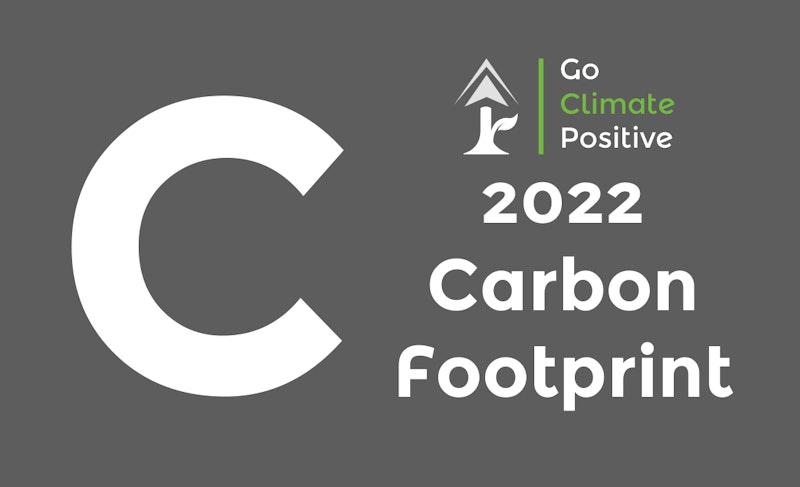Tileflair is a responsible business and this includes taking care of the environment in which we operate. The continued increase in the Earth’s average temperature – global warming – increases the risk of drought, floods, extreme heat, and climate-related poverty for millions of people across the world. This warming is caused by the use of fuels like petrol, diesel, gas, and coal because when these fuels are burned they release greenhouse gases which trap heat in the earth’s atmosphere, causing the air and seas to heat up thus changing the climate. The greenhouse gases produced contain a lot of carbon dioxide and so the term ‘carbon emissions’ is often used. This matters to us because we believe we have a duty to protect the environment for future generations.
Our aim is to be a “net zero” carbon emissions company achieving a balance between the greenhouse gases put into the atmosphere and those taken out. Whilst our commitment is to reduce carbon emissions as much possible, it is unlikely that we will be able to bring emissions to zero so, in order to offset this, an equivalent amount of CO2 will need to be taken out of the atmosphere. This could be done by, for example, planting trees as these remove and lock away carbon from the atmosphere.
We have set two targets:
- Reducing the emissions we control directly by 50% by 2030 and to Net Zero by 2040 (with 90% reduction). The main types of emissions we control directly are from:
- Our diesel and petrol powered vehicles;
- Our gas and electricity usage for heating and lighting.
- Reducing the emissions we can influence by 40% by 2035 and to Net Zero by 2045 (with 90% reduction). The main types of emissions we can influence are from:
- The production of products that we sell;
- The transport by others of products that we sell.
For emissions we control directly, we will:
- Investigate replacing vehicles with electric vehicles when they are due to change
- Investigate the use of biofuels for our heavy goods vehicles
- Investigate route planning to reduce unnecessary mileage
- Investigate more efficient heating systems and better system controls and other energy efficiency measures
- Change lamps to LED versions wherever practicable
- Investigate using a renewable energy supplier.
- Investigate sourcing lower carbon products and lobby suppliers to reduce carbon emissions by, for example, using more recycled content
- Consolidate deliveries from suppliers to reduce the number of journeys
- Investigate sourcing transport companies that use electric powered vehicles.
We are working with Go Climate Positive who have calculated our carbon footprint using the GHG Corporate and Value Chain Protocol Standards. They have helped us develop our strategy, set ambitious targets and suggest practical actions to reduce our emissions.
Calculate total area
-
+ Wall measurements
Enter the dimensions of your walls
Total Wall area: 0m2Include wall areas
Enter the dimensions for areas of wall that you want to tile.
×Exclude wall areas
Enter the dimensions for areas of wall that you don't want to tile such as doors, windows, fireplaces etc.
×Choose a tile
Select the tile you'd like for this area
-
+ Floor measurements
Enter the dimensions of your floor
Total floor area: 0m2Include floor areas
Enter the dimensions for areas of floor that you want to tile.
×Exclude floor areas
Enter the dimensions for areas of floor that you don't want to tile.
×Choose a tile
Select the tile you'd like for this area




